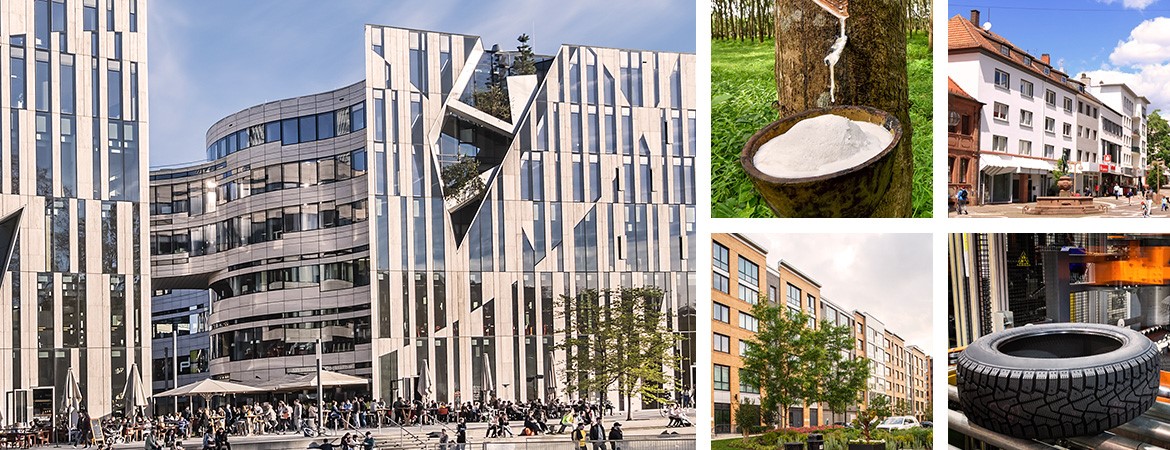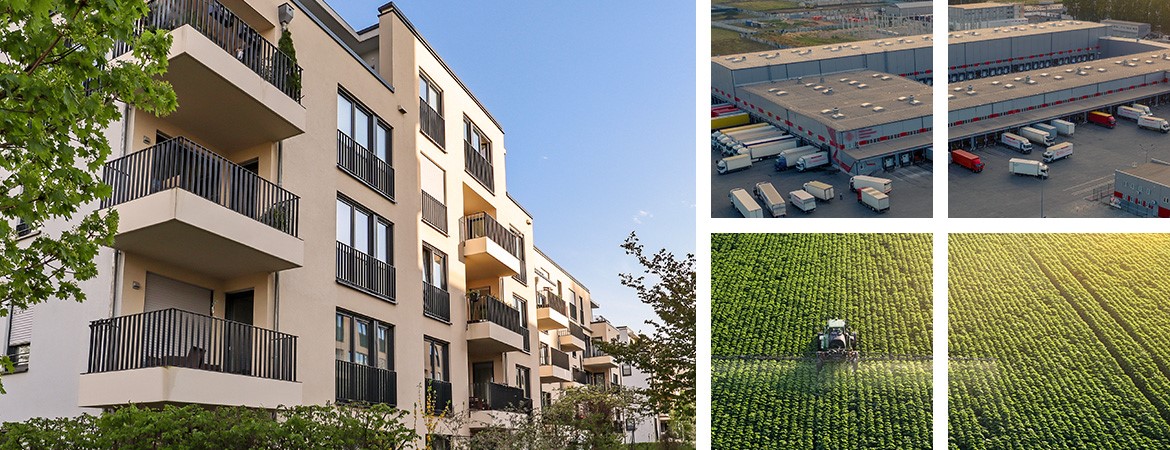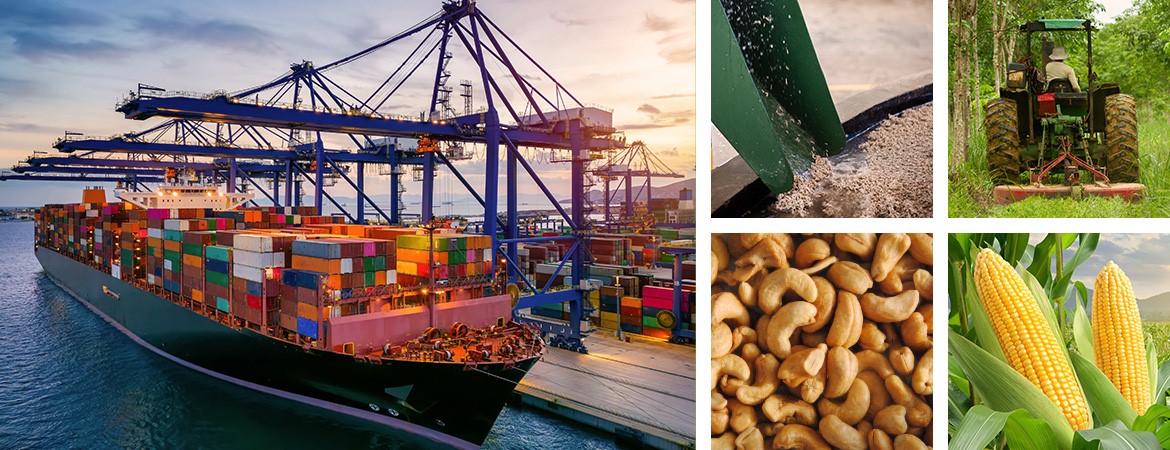








1. Commitment to Legal Compliance
I. Complying with applicable local, national and international laws on human rights, labour, land use, and the environment.
II. Working against corruption in all of its forms including extortion and bribery.
2. Commitment to Healthy, Functioning Ecosystems
I. Producing and sourcing natural rubber in a way that does not contribute to deforestation or degrade High Conservation Values (HCVs). Identification and management of areas for development and conservation follow the methodology and guidance consistent with the HCV Approach and with the High Carbon Stock Approach (HCSA).
II. Natural rubber from areas deforested or where HCVs have been degraded after the cutoff date of 1 April 2019 is considered to be non-conforming with this policy element.
III. Supporting the long-term protection of natural forests and other ecosystems and their conservation values, and restoring or supporting restoration of deforested and degraded rubber landscapes.
IV. Not using open burning/fire in new or ongoing operations for land preparation, land management, waste management, or any other reason other than in justified and documented cases of fire break establishment, waste management for sanitary reasons where public garbage collection is not available, phytosanitary and other emergencies.
V. Protecting wildlife, including rare, threatened, endangered and critically endangered species from poaching, over-hunting and habitat loss in areas under company management and supporting wildlife protection activities in areas of influence.
VI. Protecting water quantity and quality, preventing water contamination from agricultural and industrial chemicals, and preventing erosion and sedimentation.
VII. Protecting soil quality, preventing erosion, nutrient degradation, subsidence and contamination.
VIII. Preventing the development of or sourcing from natural rubber plantations on peat, regardless of depth, extent, or status (wet, drained or dry).
3. Commitment to Respecting all Human Rights
I. Respecting and protecting internationally recognized human rights (including upholding the UN Guiding Principles on Business and Human Rights [UNGP]) by avoiding causing or contributing to adverse human rights impacts and preventing or mitigating any harm linked to company operations.
II. Establishing and maintaining a company grievance mechanism (consistent with UNGP effectiveness criteria) to receive complaints and remedy adverse impacts they have caused due to production and sourcing.
III. Recognizing and protecting the customary, traditional and communal land tenure rights of indigenous peoples and local communities (IP/LC) including:
i. Carrying out operations in accordance with the UN Declaration on the Rights of Indigenous Peoples (UNDRIP)
ii. Ensuring ongoing land tenure and access rights
iii. Upholding traditional rights of access for hunting and gathering of animals and plants for the purpose of subsistence and indigenous cultural and religious traditions, customs and ceremonies
IV. Ensuring that, prior to any activity that might affect IP/LC rights to their lands, territories, and resources, their free, prior, and informed consent (FPIC) is secured. This includes when planning, establishing, restoring, or transforming corporate plantations and/or industrial sites, as well as associated infrastructure. The FPIC process is done in a culturally appropriate manner and follows credible accepted methodologies2 and associated GPSNR guidance. IP/LC have the right to give or withhold their consent to any activity that is subject to the FPIC process.
V. Where operations impinge on IP/LC rights, compensating or accommodating IP/LC through appropriate, mutually agreed measures reflecting and described in the negotiated outcomes of the FPIC process.
VI. Adopting measures to provide remedy through mutually agreed procedures in cases where the company previously has caused or contributed to the appropriation of or harm to the lands, territories, or resources of IP/LC without securing FPIC. Implementation is jointly monitored by the community and the GPSNR member and/or by mutually agreed third party(ies).
Timberfarm observes the UN-REDD (2012) Guidelines on Free, Prior and Informed Consent and expects its suppliers to do so as well.
VII. Establishing ongoing, effective, culturally appropriate channels of dialogue with indigenous people and local communities.
VIII. Upholding applicable labour rights and labour laws in the jurisdictions where operating, the UN Guiding Principles on Business and Human Rights, and the intent of the International Labor Organization’s eight core conventions. This includes:
i. Freedom of association and collective bargaining (ILO Convention No. 87 and No. 98)
ii. No forced labour (ILO Convention No. 29 and its 2014 Protocol)
iii. No child labour (ILO Convention No. 138 and No. 182)
iv. Decent living wages
v. No discrimination (ILO Convention No. 111 and No. 100)
vi. Legal working hours
vii. Safe and healthy workplaces
viii. No abusive practices (ILO Convention No. 105)
ix. Gender equity
Safeguards apply to all workers, including contract, temporary and migrant workers.
4. Commitment to Community Livelihoods
I. Supporting decent living conditions of local communities (e.g., drinking water, adequate housing, sanitation).
II. Supporting the right to food and food security of individuals, households and local communities.
III. Supporting the economic, social and cultural rights of local people, including through access to education and employment.
5. Commitment to Increased Production Efficiency
I. Offering or supporting training for natural rubber producers, including smallholders, to improve yield and quality.
II. Managing operations to minimize rate of energy usage.
III. Managing operations to maximize natural resource efficiency.
IV. Minimizing and mitigating carbon emissions.
6. Commitment to Systems and Processes to Drive Effective Implementation of Policy Components
To implement and demonstrate progress toward fulfilment of the above Policy Components, we further commit to:
I. Setting public, timebound and geographic-specific targets and milestones with their associated indicators/metrics for applying its commitments.
II. Embedding commitments into decision-making processes, systems, and performance metrics of corporate management, relevant business units, joint ventures, and company affiliates and subsidiaries.
III. Maintaining an active, regular stakeholder dialogue to provide relevant information, and to afford opportunities for feedback and suggestions related to fulfillment of the company's commitments.
IV. Participating in/supporting multi-stakeholder planning and policy efforts that uphold the GPSNR principles at a landscape, jurisdictional or other spatial level.
7. Commitment to Supply Chain Assessment, Traceability, and Management
I. Conducting supply chain mapping and assessing suppliers for social and environmental risk to prioritize risk mitigation actions.
II. Supporting traceability of natural rubber, at a minimum to an appropriate jurisdictional level, to know or control the conformance of purchased materials with GPSNR Policy Components.
The level of traceability will differ for each “node” of the supply chain and will be documented, with justification for why the desired level of traceability may not be reached for all supply chains and plans to achieve this level.
The appropriate jurisdictional level will be defined in the implementation guidance.
III. Communicating to all suppliers of natural rubber that material produced and processed in accordance and conformance with the GPSNR Policy Components will be preferred. Providing time bound requirements for meeting the policy requirements, and ensuring that supplier codes and contracts, engagement activities, and other mechanisms reflect these supplier expectations.
IV. Regularly engaging the supply chain (both direct and indirect suppliers) to support their conformance with company commitments through effective incentives, support mechanisms, and purchase monitoring systems.
V. In instances of supplier non-conformance with GPSNR Policy Components, developing time-bound implementation plans to move towards conformance and/or remediation of past or ongoing harms.
8. Commitment to Monitoring and Reporting on Progress Towards, and Conformance with, Policy Components
I. Regularly monitoring progress toward company commitments in order to ascertain performance.
II. Applying monitoring systems and practices to incorporate crowd-sourced information from local stakeholders and affected parties regarding non-conformance with commitments. Information sources may be informal or formal.
III. Reporting publicly on progress and outcomes related to the implementation of policy-related commitments at least annually.